The Nvidia GeForce RTX 5090's underwhelming generational leap over the RTX 4090, coupled with its higher price, left many disappointed. However, the RTX 5070 Ti offers a more compelling proposition. While not drastically faster than its predecessor, its affordability makes it the most sensible Blackwell-based graphics card on the market, particularly for those with a budget.
Priced at $749, the GeForce RTX 5070 Ti excels as a 4K graphics card, effectively overshadowing the more expensive RTX 5080 (assuming you can find either card at its MSRP). It's crucial to note, however, that aftermarket models, like the MSI version reviewed here ($1099), significantly inflate the cost, surpassing the RTX 5080's $999 price point. A $749 RTX 5070 Ti is arguably the best graphics card for most users, especially those aiming for 4K gaming.
Purchasing Guide
The Nvidia GeForce RTX 5070 Ti launched February 20, 2025, with a starting price of $749. Remember, this is the base price; expect significant price variations across different models. While excellent value at $749, its appeal diminishes as the price approaches that of the RTX 5080.
Nvidia GeForce RTX 5070 Ti – Photos


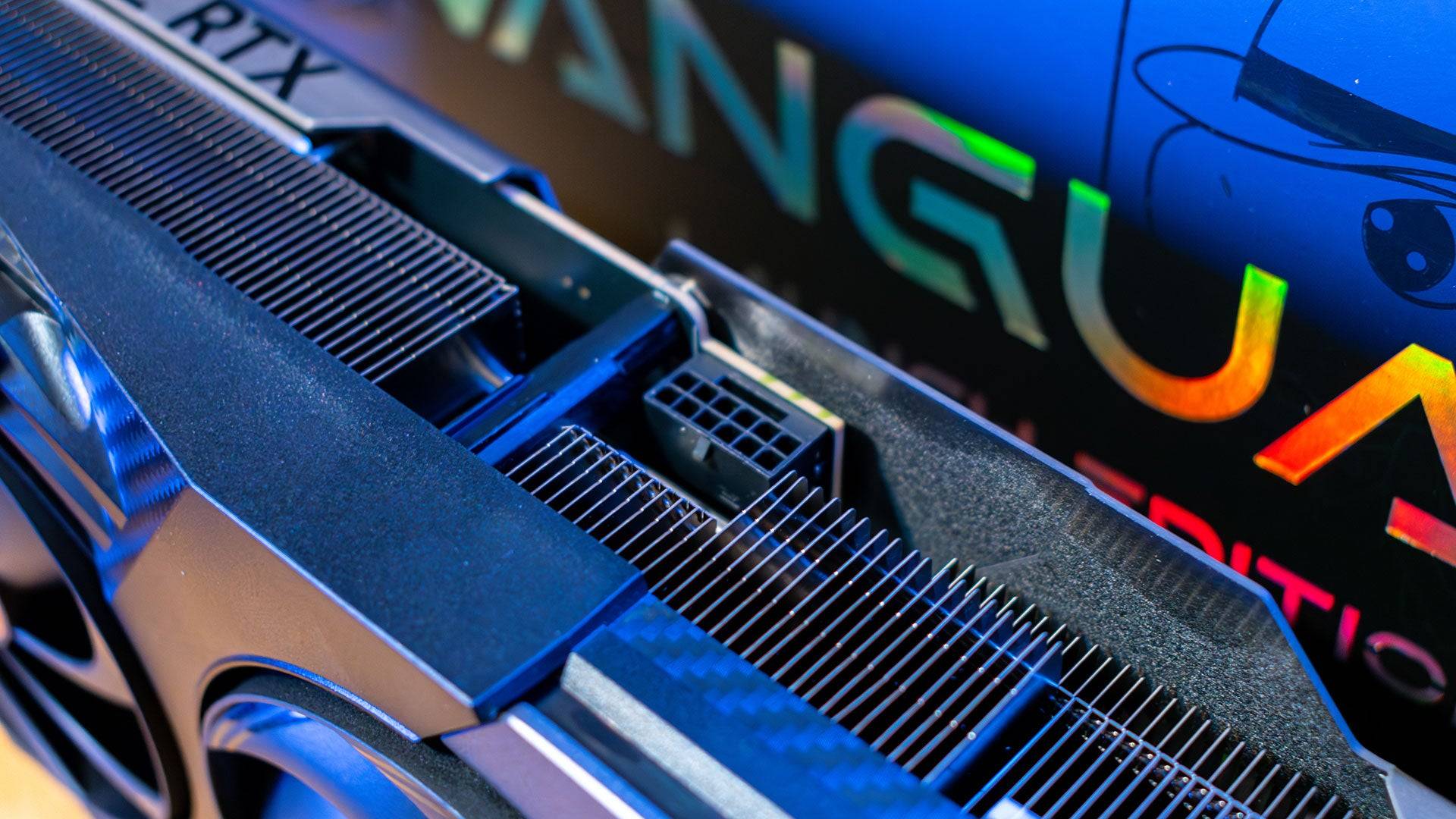
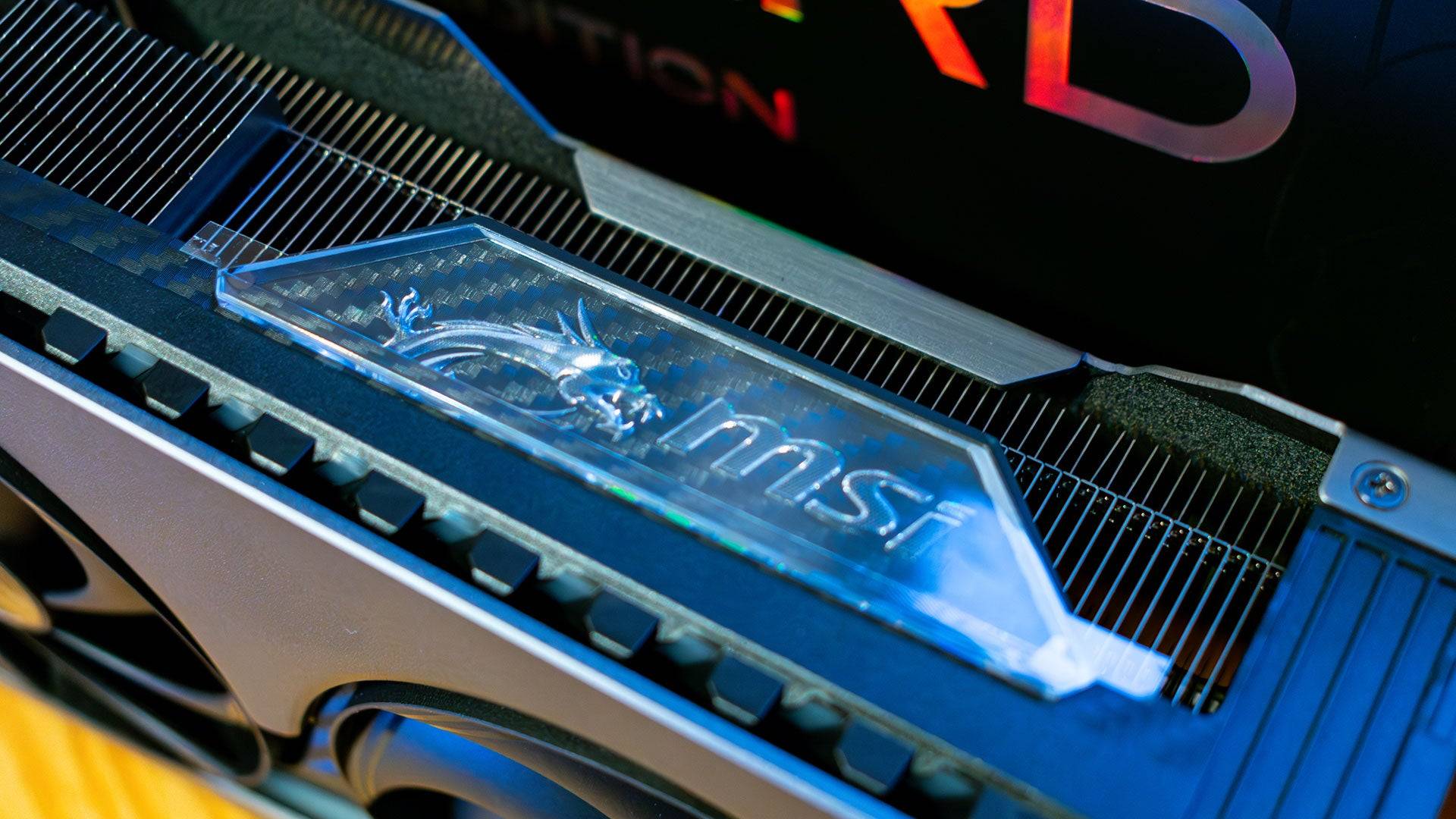


Specs and Features
The Nvidia GeForce RTX 5070 Ti is the third graphics card built on Nvidia's Blackwell architecture. Initially designed for AI supercomputers, this architecture has been adapted for gaming GPUs, retaining its AI focus.
Sharing the GB203 GPU with the RTX 5080, the RTX 5070 Ti has 70 Streaming Multiprocessors (SMs), resulting in 8,960 CUDA cores, 70 RT cores, and 280 Tensor Cores (14 SMs fewer than the RTX 5080). It also features 16GB of GDDR7 RAM, albeit slightly slower than the RTX 5080. The Tensor Cores are key; while the CUDA cores are superior to those in the RTX 4070 Ti, Nvidia relies on AI upscaling and frame generation to maximize performance.
Blackwell introduces an AI Management Processor (AMP), offloading workload from the CPU to the GPU, significantly improving the efficiency of DLSS and frame generation. DLSS 4 now utilizes a Transformer model instead of a CNN, enhancing image quality by minimizing ghosting and artifacts.
DLSS 4's Multi-Frame Generation (MFG) produces up to three AI-generated frames per rendered frame, potentially quadrupling frame rates. This comes at the cost of higher latency, though Nvidia's Reflex technology mitigates this. With a 300W TBP, the RTX 5070 Ti's power consumption is comparable to the RTX 4070 Ti and RTX 4070 Ti Super. Nvidia recommends a 750W PSU, but an 850W PSU is advisable, especially with high-end models like the MSI Vanguard Edition.

DLSS 4 – Is It Worth It?
While the RTX 5070 Ti offers performance improvements, DLSS 4, particularly MFG, is its primary selling point. For high-refresh-rate monitors, MFG maximizes display capabilities, but don't expect dramatic latency reductions. MFG analyzes rendered frames and motion vectors to predict subsequent frames, generating new frames using AI. While similar technology was in the RTX 4090, MFG's scale is the key difference; it generates up to three frames per rendered frame, potentially increasing frame rates by up to 4x. However, this is rarely a consistent 4x improvement.
Testing in *Cyberpunk 2077* (Ray Tracing Overdrive, DLSS Performance) showed a 46 fps base rate, increasing to 88 fps (2x frame gen) and 157 fps (4x frame gen), with latency increasing from 43ms to 49ms and 55ms respectively, even with Reflex. *Star Wars Outlaws* saw similar improvements, but with latency decreasing in 2x frame gen due to Reflex.
While MFG enhances smoothness on high-refresh displays, responsiveness isn't significantly improved. Latency increases are minimal with high frame rates because the algorithm has more data to work with. Low frame rates (e.g., 30 fps) increase the likelihood of lag and artifacts. The RTX 5070 Ti avoids this issue even at 4K.
Nvidia GeForce RTX 5070 Ti – Benchmarks
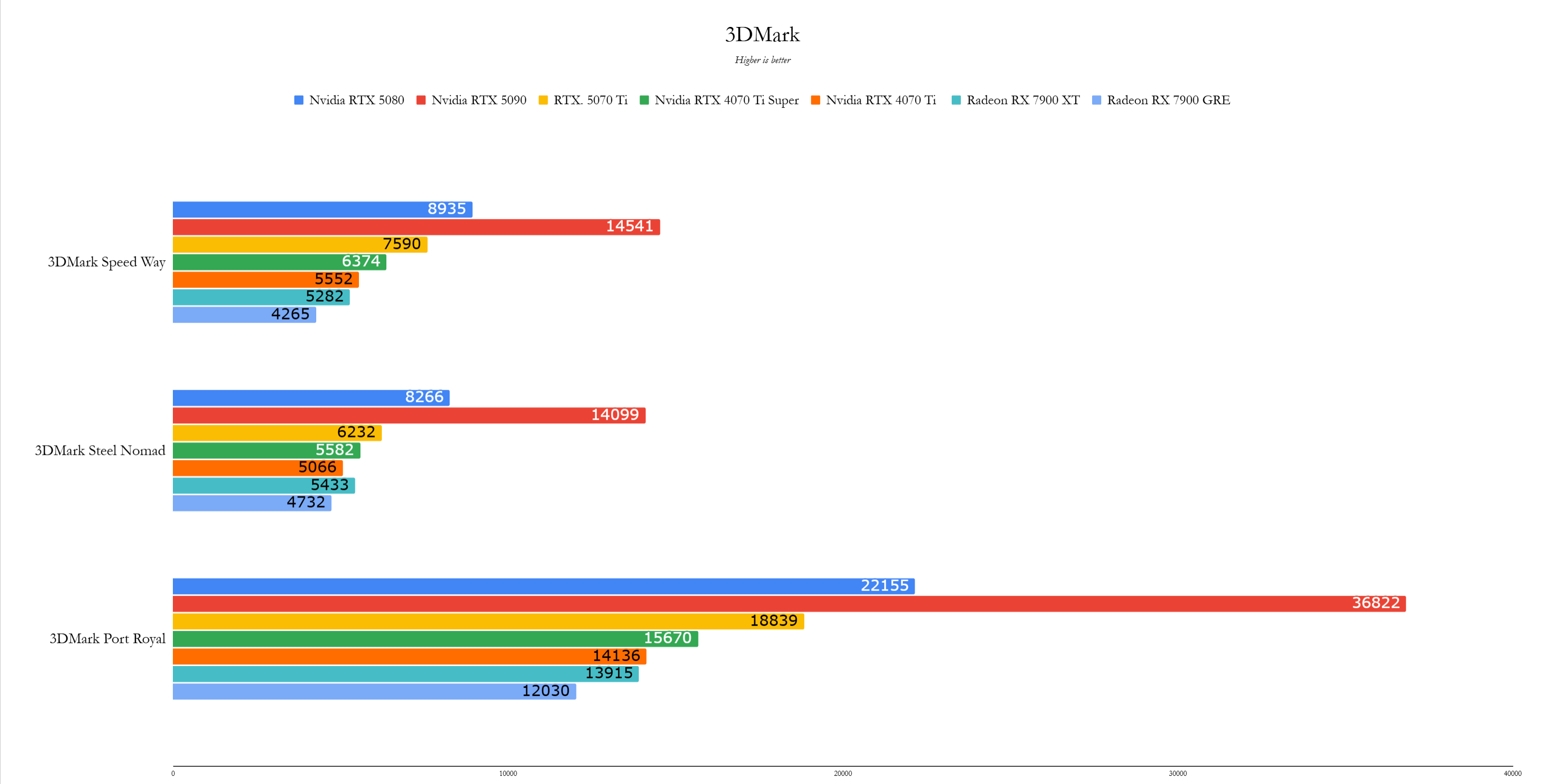
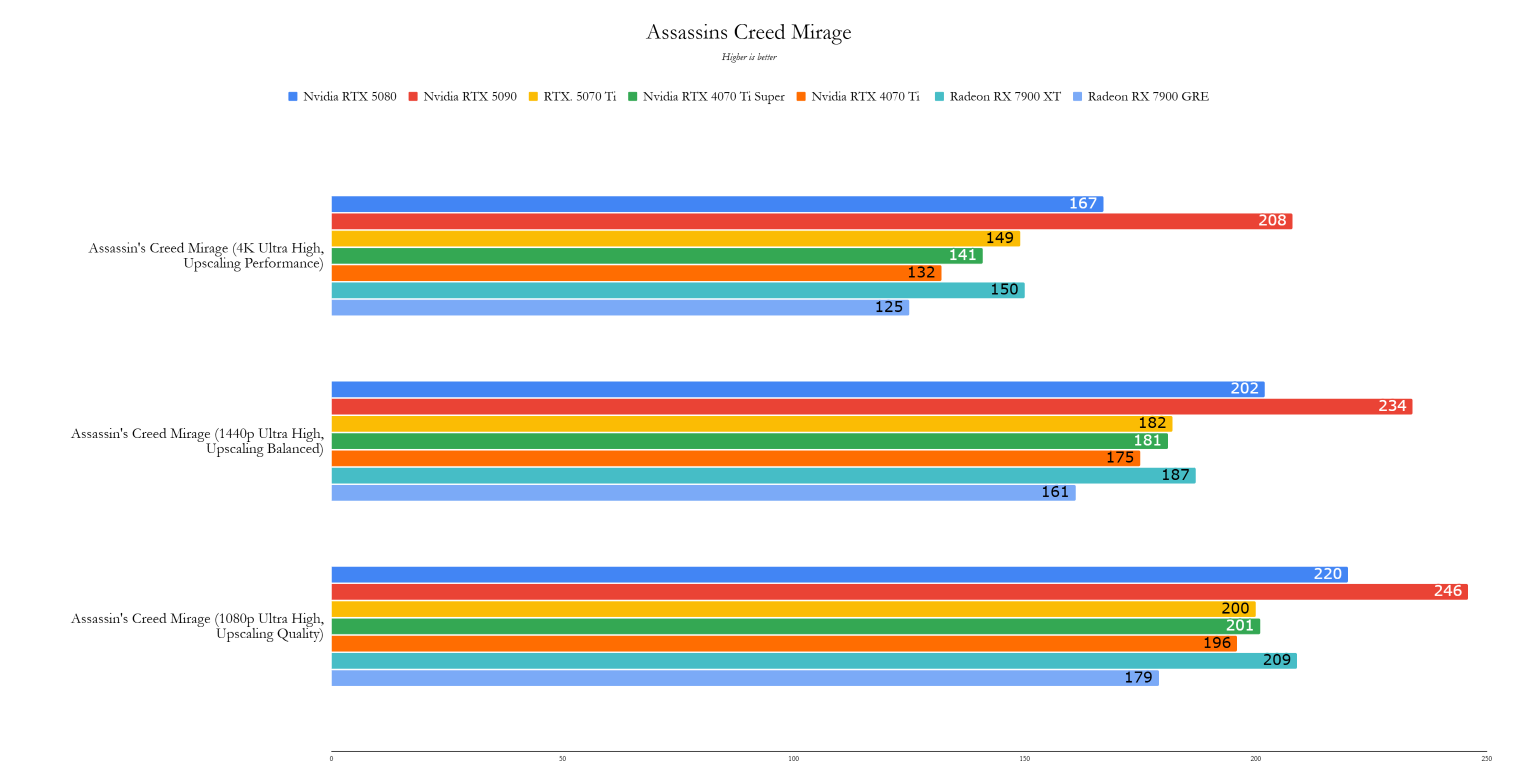
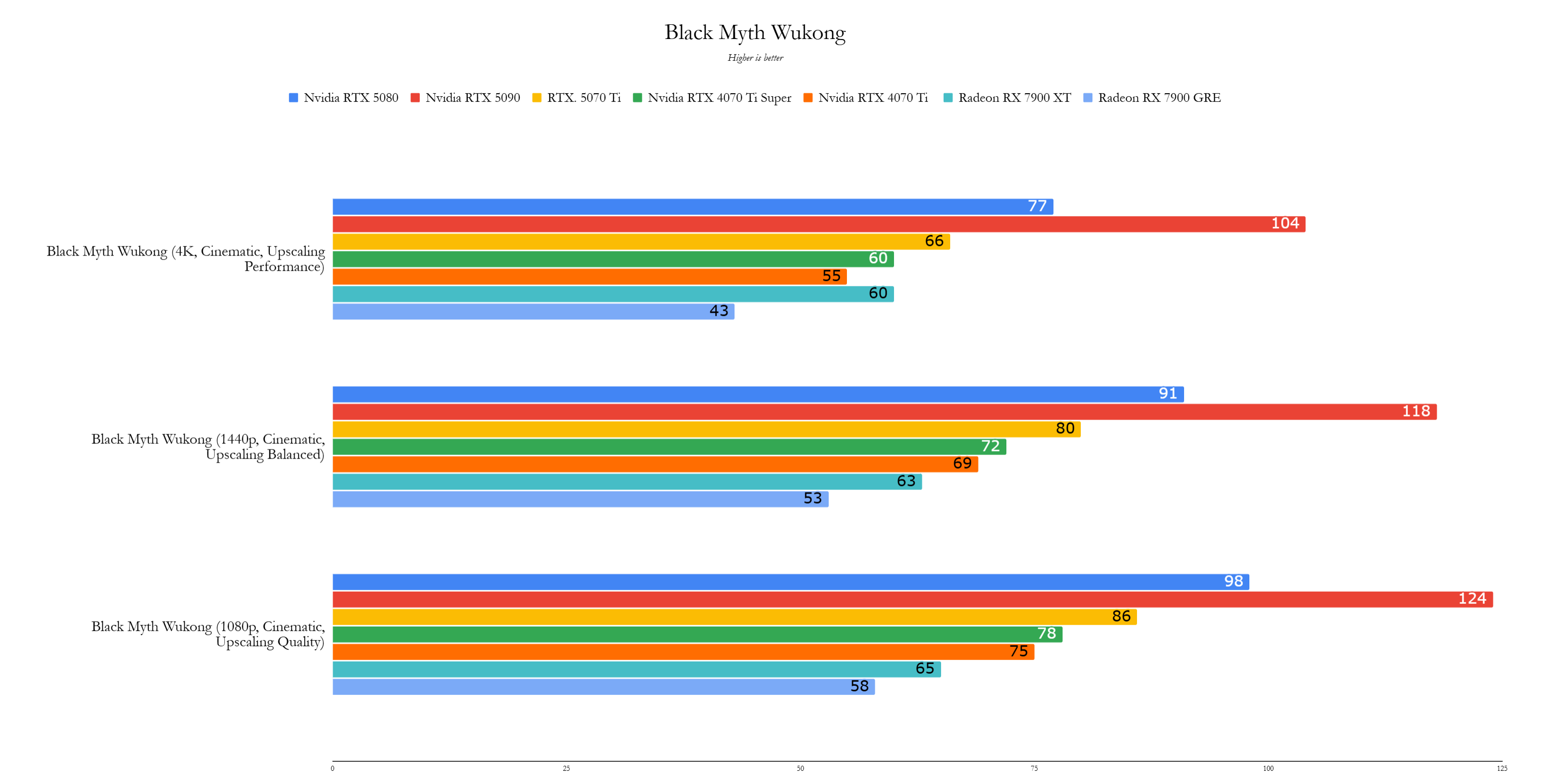


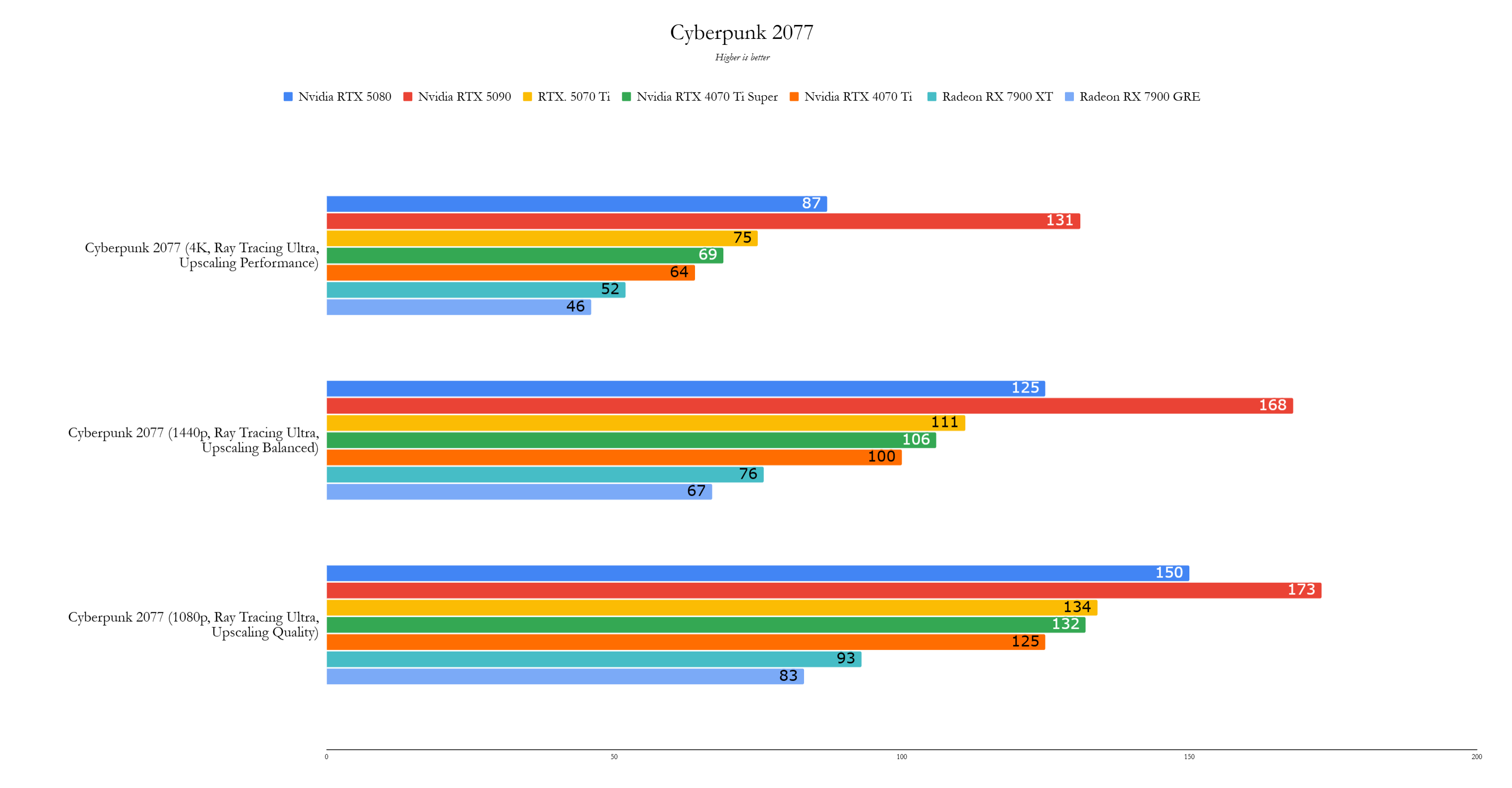
Performance
At 4K, the RTX 5070 Ti is approximately 11% faster than the RTX 4070 Ti Super and 21% faster than the RTX 4070 Ti, a superior generational improvement compared to the RTX 5080. It consistently exceeded 60 fps at 4K in demanding games like *Black Myth: Wukong* and *Cyberpunk 2077*.
Test System: CPU: AMD Ryzen 7 9800X3D; Motherboard: Asus ROG Crosshair X870E Hero; RAM: 32GB G.Skill Trident Z5 Neo @ 6,000MHz; SSD: 4TB Samsung 990 Pro; CPU Cooler: Asus ROG Ryujin III 360. The MSI Vanguard Edition RTX 5070 Ti was tested at stock settings.
Testing included current game versions and latest drivers (Game Ready Driver 572.42 for Nvidia cards except the 5070 Ti, which used a prerelease driver; Adrenalin 24.12.1 for AMD cards). Frame generation and upscaling (DLSS/FSR where applicable) were disabled for consistent testing.
In 3DMark Speed Way and Port Royal, the RTX 5070 Ti significantly outperformed the RTX 4070 Ti and RTX 4070 Ti Super. Game performance improvements varied; *Call of Duty: Black Ops 6* showed a modest 5% improvement, while *Cyberpunk 2077* showed a more substantial 9-17% lead. *Metro Exodus: Enhanced Edition* (tested without upscaling) showed a smaller advantage. *Red Dead Redemption 2* was an outlier, showing a slight performance decrease. *Total War: Warhammer 3* (tested without ray tracing or upscaling) demonstrated a 15-30% improvement. *Assassin's Creed Mirage* showed a noticeable improvement over the RTX 4070 Ti series. *Black Myth: Wukong* demonstrated a 10% improvement, outperforming the AMD Radeon RX 7900 XT. *Forza Horizon 5* showed a 15-21% improvement, even surpassing the Radeon RX 7900 XT.
Even mid-range cards are now capable of 4K gaming. At its $749 MSRP, the Nvidia GeForce RTX 5070 Ti offers exceptional value, particularly for 4K displays, providing a significant upgrade over the RTX 4070 Ti at a lower price.


















